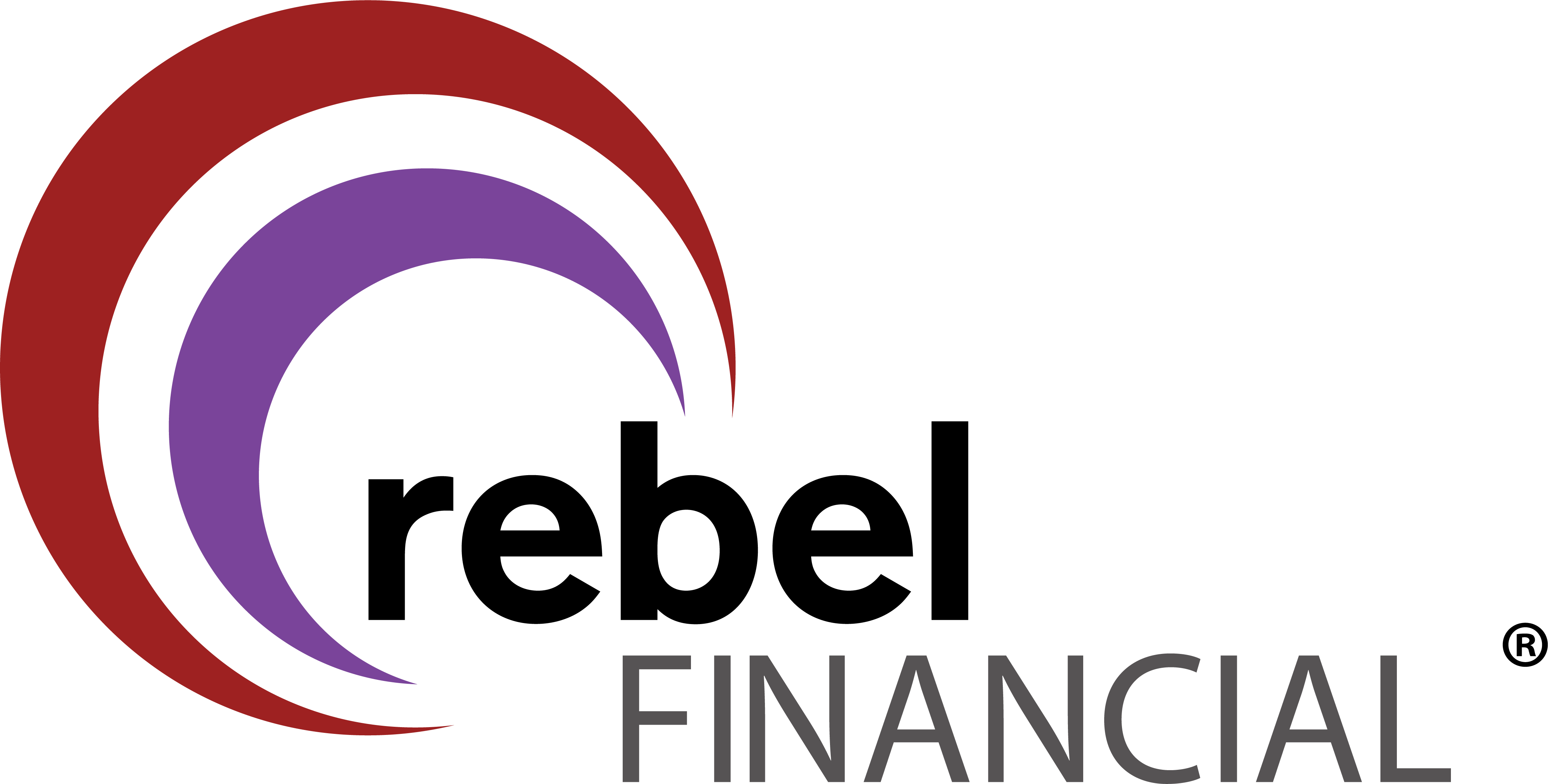While the U.S. stock market, as represented by the S&P 500 Index, has risen a stunning 205.66% as of March 31, 2015, since its low on March 9, 2009, some investors are still reluctant to participate after the near market collapse that accompanied the 2007-2008 financial crisis.1
Fleeing the market certainly may have felt like the right thing to do at the height of the financial crisis. But history shows that making investment decisions based on emotion has never proven successful. For instance, greed may have led an investor to own too many technology stocks when the bubble burst on that industry in 2000. Alternatively, fear may have caused investors to cash out of stocks following the crash of 1987 and miss some or all of the subsequent rebound.
Fast forward to 2015, and the reality is that investors who missed the extraordinary rally that has occurred since March 2009 may have helped to put their long-term accumulation goals at risk. This is especially true for investors with shorter time horizons, such as those approaching retirement. Consider this: From 2010 through 2014, U.S. stocks recorded an average annualized return of 15.5%, compared to 0.1% for money market securities.2 The nearly nonexistent returns associated with cash-like investments could have a powerful impact on investors’ purchasing power over time.
Maintain Balance to Manage Risk
One of the key determinants to investment success over the long term is having a disciplined approach to balancing short-term risk (stock price volatility) with long-term risk (loss of purchasing power). Finding a “middle ground” in your investment philosophy — and portfolio makeup — may go far toward helping investors manage overall risk and realize their investment goals.
For instance, history supports the case of stocks, as they have tended to outperform other asset classes as well as inflation over long periods of time.3 But investors who are too focused on the long term may over-allocate their portfolios to stocks — and over-expose themselves to short-term volatility risk. Alternatively, investors who are extremely averse to short-term risk may do the opposite and face heightened long-term risk.
Easy Does It
How might this balanced approach to risk be used to get investors back in the market? One of the best ways to take emotion out of investing is to create a plan and stick with it. And one of the best ways to do that is through a systematic investment plan called dollar cost averaging (DCA).3 Dollar cost averaging is a process that allows investors to slowly feed set amounts of money into the market at regular intervals.
Although DCA does not assure a profit or protect against a loss in declining markets, it can help achieve some important objectives. First, it gives investors a measure of control while eliminating much of the guesswork — and emotion — associated with investing. Second, DCA can help investors take advantage of the market’s short-term price fluctuations in a systematic way — by automatically buying more shares when prices drop and fewer when prices rise.
It is important to remember that periods of falling prices are a natural part of investing in the stock market. But by maintaining a long-term focus and following a balanced approach to managing investment risk, you may better position yourself to meet your financial goals. A qualified financial professional can help you identify which strategies may be best for your situation.
Source/Disclaimer:
1Wealth Management Systems Inc. Stocks are represented by the daily closing price of Standard & Poor’s Composite Index of 500 Stocks (the S&P 500), an unmanaged index that is generally considered representative of the U.S. stock market. The percentage increase represents the gain through March 31, 2015. It is not possible to invest directly in an index. Past performance is not a guarantee of future results.
2Wealth Management Systems Inc. For the five years ended December 31, 2014. U.S. stocks are represented by the S&P 500 Index. Money market securities are represented by Barclay’s 3-Month Treasury Bill rate. Example does not include commissions or taxes. Past performance is no guarantee of future results.
3Dollar cost averaging involves regular, periodic investments in securities regardless of price levels. You should consider your financial ability to continue purchasing shares through periods of high and low prices. This plan does not assure a profit and does not protect against loss in any markets.
Because of the possibility of human or mechanical error by Wealth Management Systems Inc. or its sources, neither Wealth Management Systems Inc. nor its sources guarantees the accuracy, adequacy, completeness or availability of any information and is not responsible for any errors or omissions or for the results obtained from the use of such information. In no event shall Wealth Management Systems Inc. be liable for any indirect, special or consequential damages in connection with subscriber’s or others’ use of the content.
© 2015 Wealth Management Systems Inc. All rights reserved.






